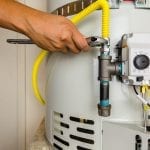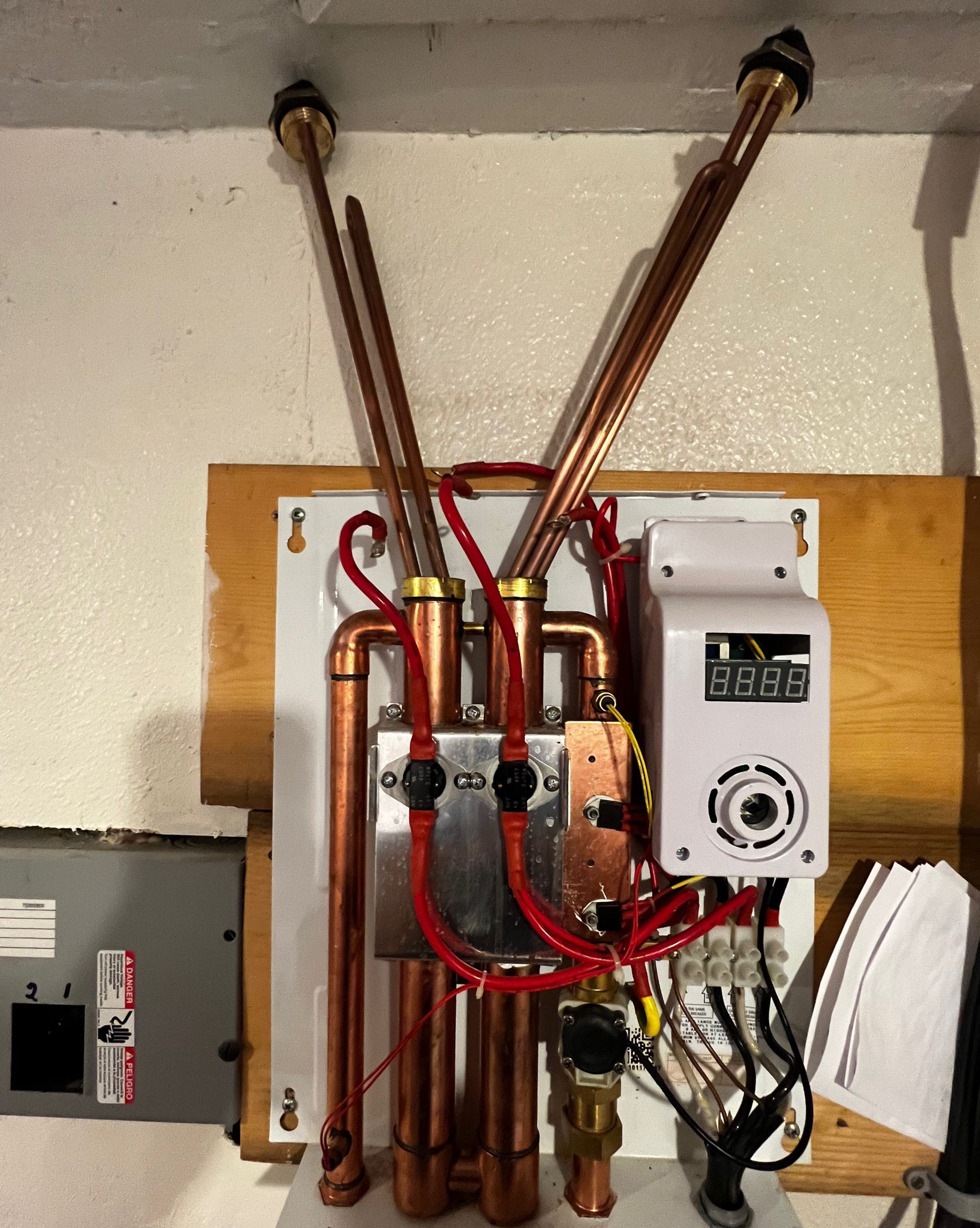Ensuring Longevity of Your Home's Hot Water System: Maintenance TipsHow to Keep Your Home's Hot Water System in Good Condition
Ensuring Longevity of Your Home's Hot Water System: Maintenance TipsHow to Keep Your Home's Hot Water System in Good Condition
Blog Article
We've found this post on How to Maintain a Hot Water Heater in a Few Simple Steps down the page on the net and accepted it made good sense to discuss it with you here.

Warm water is necessary for daily comfort, whether it's for a revitalizing shower or cleaning meals. To ensure your hot water system runs efficiently and lasts much longer, routine maintenance is essential. This article supplies sensible tips and insights on exactly how to preserve your home's warm water system to stay clear of disturbances and costly repairs.
Intro
Keeping your home's warm water system could appear difficult, however with a few easy steps, you can ensure it runs efficiently for many years to find. This guide covers everything from understanding your warm water system to DIY maintenance tips and recognizing when to call specialist assistance.
Significance of Keeping Your Warm Water System
Routine maintenance not just prolongs the life-span of your warm water system but additionally ensures it runs effectively. Neglecting maintenance can bring about reduced efficiency, greater energy costs, and even early failure of the system.
Indicators Your Hot Water System Demands Maintenance
Recognizing when your hot water system requires interest can prevent major concerns. Watch out for indicators such as irregular water temperature, strange sounds from the heating system, or corroded water.
Recognizing Your Hot Water System
Before diving right into maintenance jobs, it's practical to understand the standard parts of your warm water system. Commonly, this consists of the hot water heater itself, pipes, anode rods, and temperature controls.
Monthly Upkeep Tasks
Regular month-to-month checks can assist catch minor problems prior to they escalate.
Flushing the Water Heater
Flushing your water heater removes debris build-up, boosting performance and lengthening its life.
Checking and Changing Anode Rods
Anode poles stop corrosion inside the storage tank. Evaluating and replacing them when worn is vital.
Evaluating and Adjusting Temperature Settings
Readjusting the temperature level setups makes certain optimum efficiency and safety.
DIY Tips for Maintenance
You can perform numerous upkeep tasks yourself to keep your hot water system in leading condition.
Looking for Leaks
Routinely evaluate pipes and links for leaks, as these can bring about water damage and higher bills.
Testing Stress Alleviation Valves
Testing the stress relief valve guarantees it functions properly and stops too much stress build-up.
Shielding Pipelines
Shielding warm water pipelines lowers heat loss and can conserve energy.
When to Call a Specialist
While do it yourself upkeep is helpful, some problems require specialist know-how.
Complicated Issues Calling For Professional Assistance
Examples include significant leaks, electric troubles, or if your water heater is constantly underperforming.
Regular Professional Upkeep Conveniences
Professional maintenance can include detailed inspections, tune-ups, and ensuring conformity with safety criteria.
Conclusion
Regular maintenance of your home's hot water system is vital for performance, long life, and price savings. By complying with these pointers and recognizing when to seek professional assistance, you can make certain a reliable supply of hot water without unexpected disruptions.
How to Maintain an Instant Hot Water Heater
Before tinkering with your hot water heater, make sure that it’s not powered on. You also have to turn off the main circuit breaker and shut off the main gas line to prevent accidents. Also turn off the water valves connected to your unit to prevent water from flowing into and out of the appliance. 2. When you’re done, you have to detach the purge valves’ caps. These look like the letter “T” and are situated on either side of the water valves. Doing so will release any pressure that has accumulated inside the valves while at the same time avoid hot water from shooting out and burning your skin. 3. When the purge valves’ caps are removed, you have to connect your hosing lines to the valves. Your unit should have come with three hoses but if it didn’t, you can purchase these things from any hardware or home repair shops. You can also get them from retail stores that sell water heating systems. Read the user’s manual and follow it to complete this task properly. When the hosing lines are connected, open the purge port’s valves. 4. You should never use harsh chemical cleaners or solutions when cleaning your unit. Make use of white vinegar instead. It should be undiluted and you’ll probably use about 2 gallons. 5. Now flush your water heater. This task should probably take about 40 minutes. We can’t give you specific directions for this because the procedure is carried out depending on the type, model and brand of your heater. With that being said, refer to the user’s manual. 6. When you’re done draining the unit, you have to turn off the purge port valves again. Remove the hosing lines that you earlier installed on each of the water valves. Put the valve caps (purge port) back in their respective places and be very careful so as not to damage the rubber discs that are found inside these caps. 7. Now that everything’s back in place, check your user’s manual again to find out how to reactivate your water heating system. 8. Once it is working, turn one of your hot water faucets on just to let air pass through the heater’s water supply pipes. Leave the tap on until water flows smoothly out of it. https://www.orrplumbing.com/blog/2014/september/how-to-maintain-an-instant-hot-water-heater/

I discovered that write up about Tips on Maintaining a Water Heater while exploring the search engines. Are you aware of somebody who is sincerely interested in the niche? Be sure share it. Bless you for being here. Revisit us soon.
Click Here Report this page